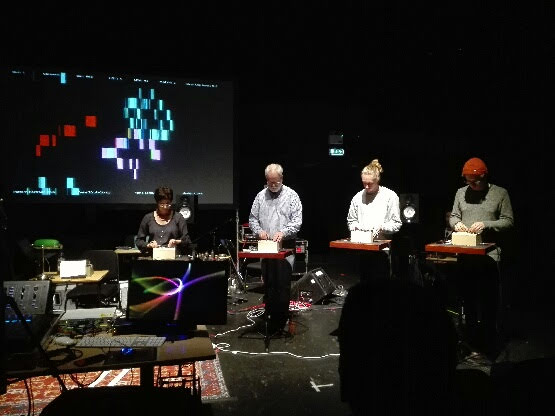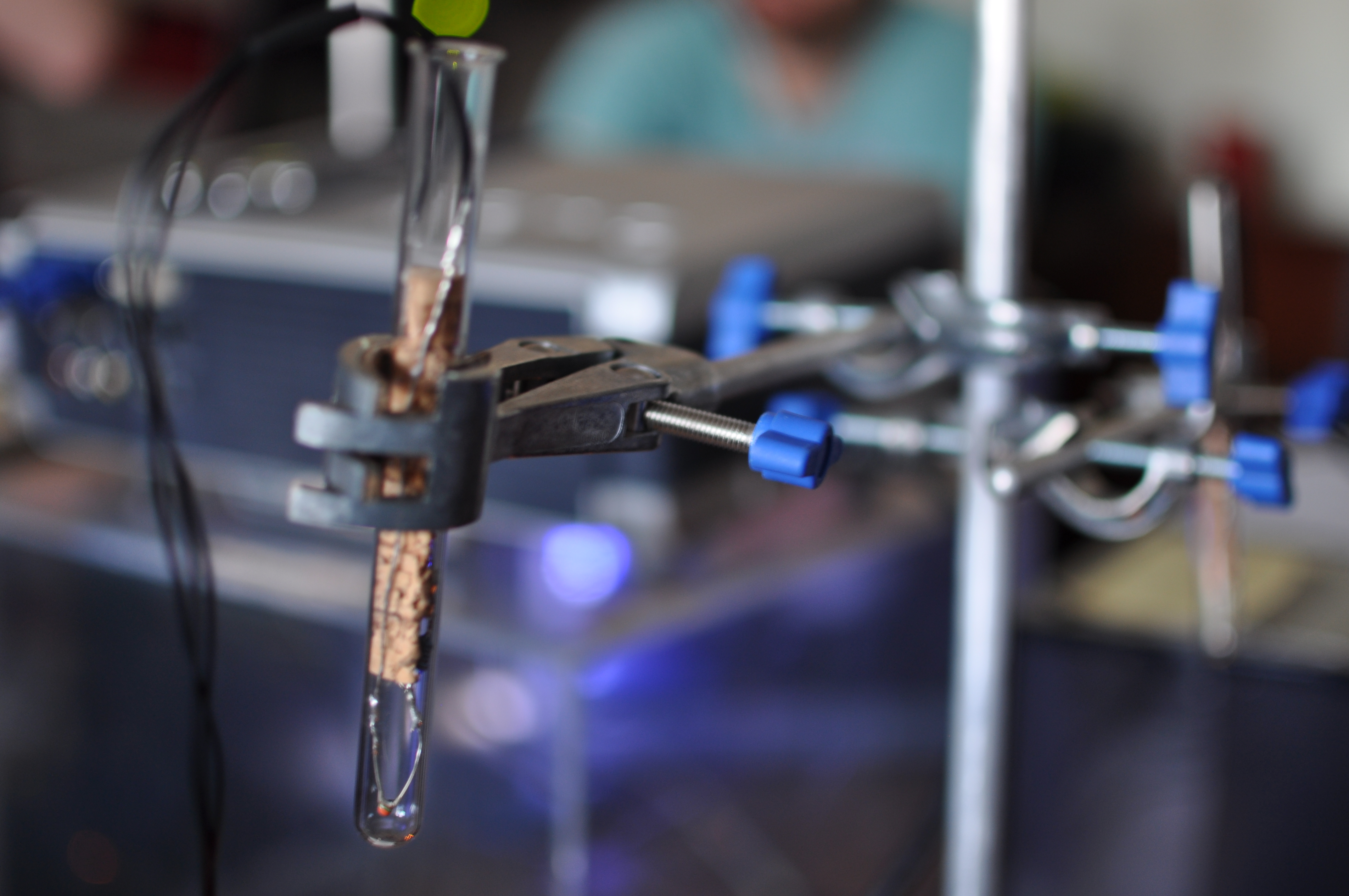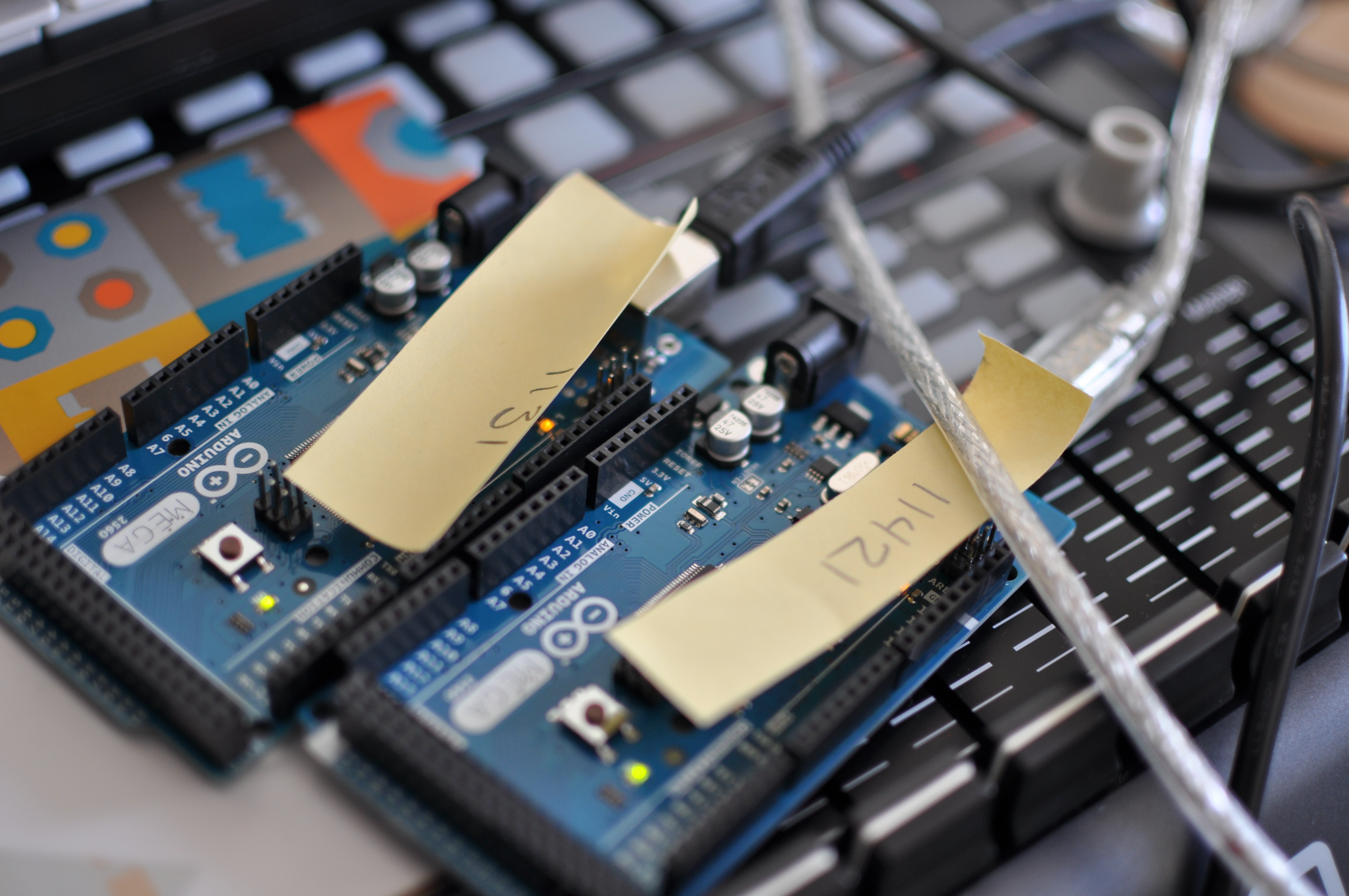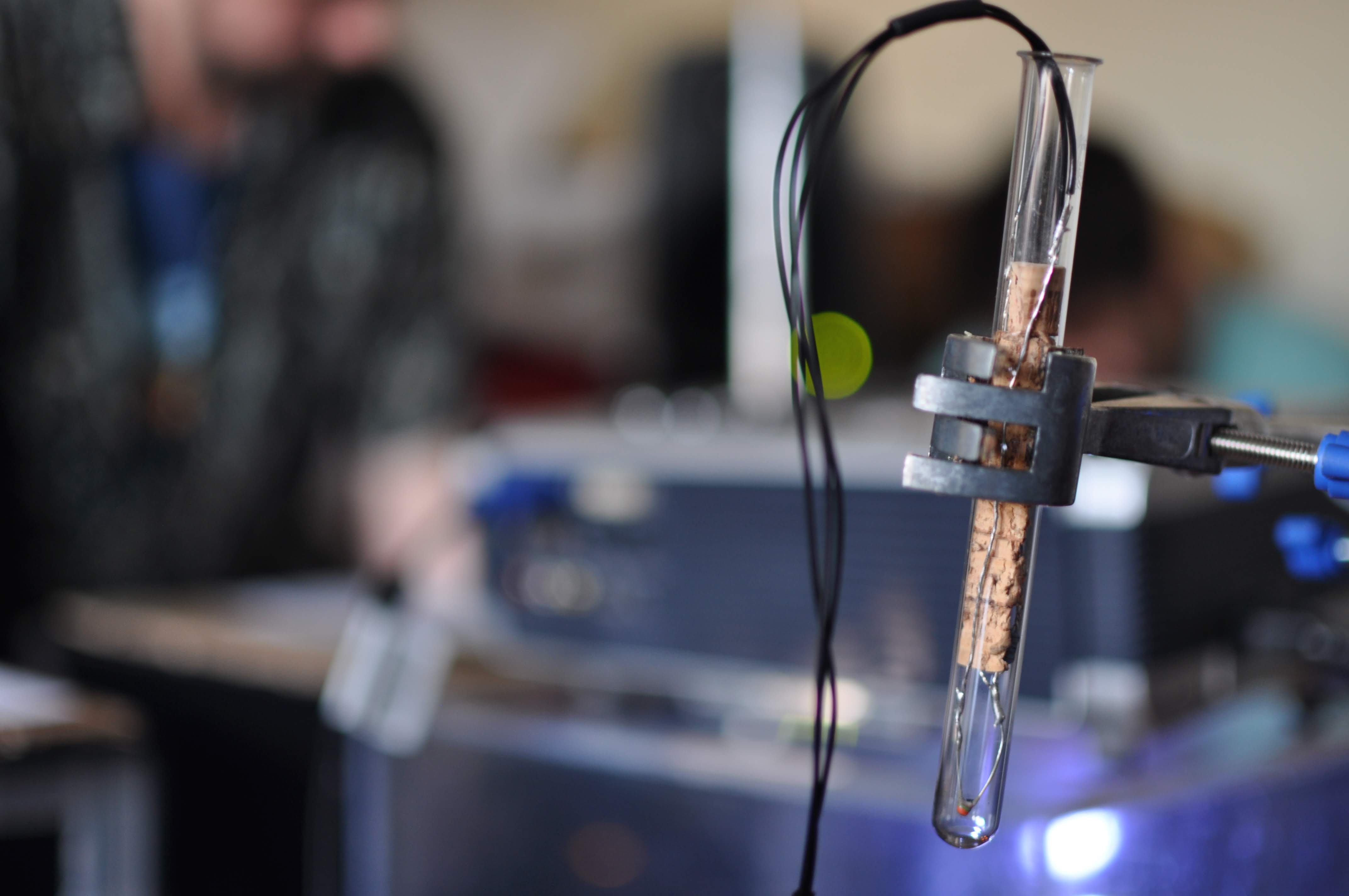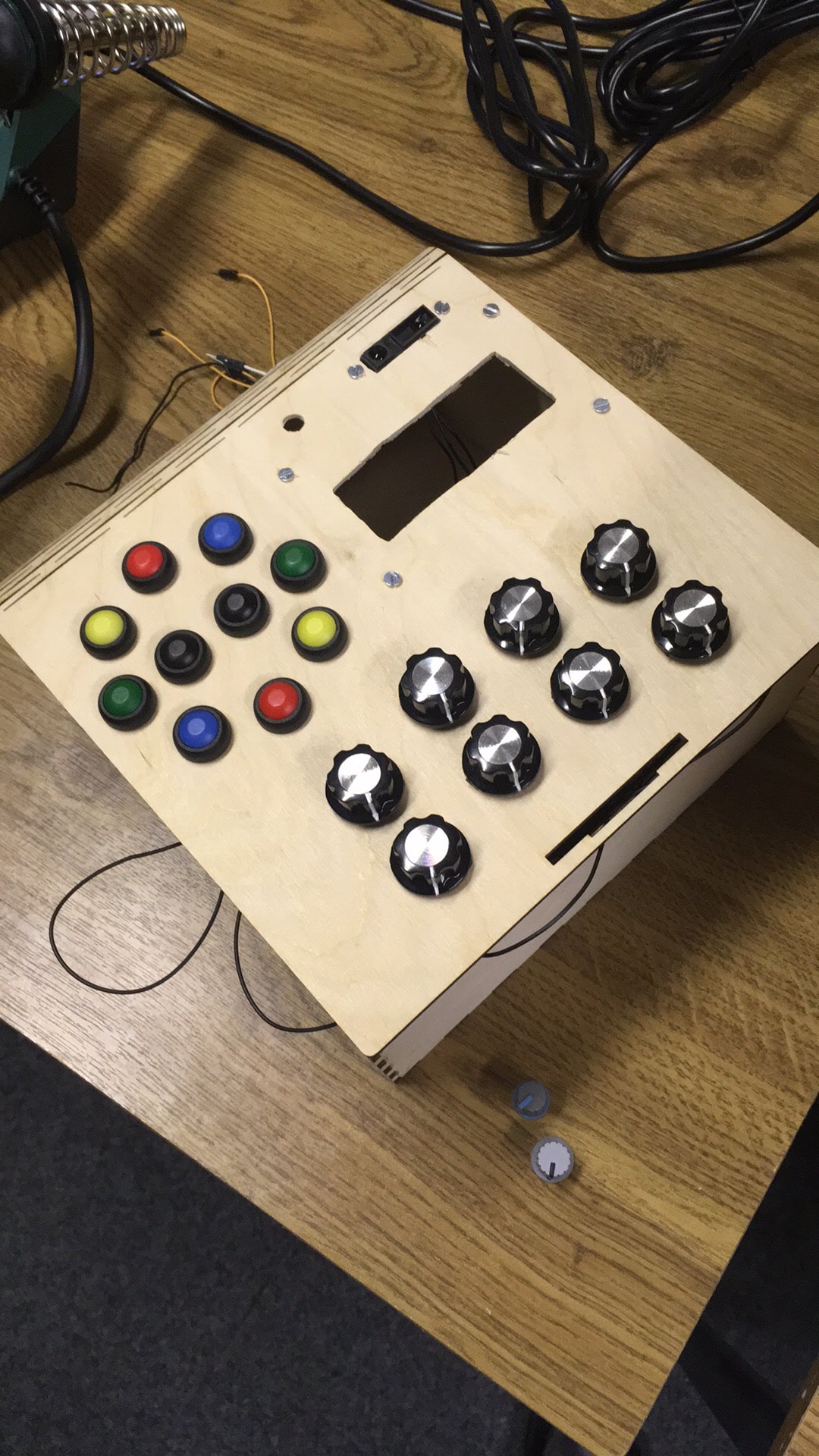The Cork Audio Visual Ensemble
hands on digital media art performance makers
The Cork Audio Visual Ensemble’s outward focus is on performing and creating contemporary audio-visual compositions. Aesthetically, through both performance and creative practice, CAVE seeks to explore the relationship between the physical (carbon-based) and the digital (silicon-based) worlds. Part of CAVE’s mission is to seek out the challenging intersections of data, art, and performance. Out of these intersections emerges an aesthetic leaning toward a better understanding of how we shape our world. This is accomplished through both visualizing and sonifying the data and audio-visual media collected and musically manipulated by the ensemble. CAVE strives to challenge what is known and relates its findings to the world through creative expression.
CAVE was co-founded by Jeffrey Weeter and Derek Foott in 2014 and is currently directed by Jeffrey Weeter. CAVE was founded in part with funds from UCC’s Strategic Research Fund and has been based in the School of Film, Music, and Theatre at University College Cork, Ireland.
